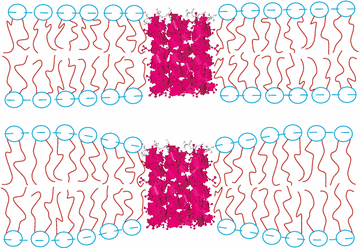
Teaching
Membrane Structure and Interactions Lab (MSIL)
Research Highlights:
Professor John Nagle has taught many courses in the Physics Dept., including Introduction to Biophysics, which attracted students from Biological Science, Physics and Engineering, and Special Topics in Statistical Mechanics. Professor Nagle is now Emeritus from teaching in the classroom, but he still teaches a reading class as well directing undergraduate students in 33-350 and 33-451.
Research Professor Stephanie Tristram-Nagle teaches undergraduates how to conduct research in Biological Physics. The course is 33-350 (sophomores and juniors), and 33-451 (seniors), Research for Undergraduates. As many as 36 credits may be taken during the undergraduate career, but only 9 credits may be used as a Physics elective. Emphasis is on data analysis of x-ray synchrotron data collected at the Cornell High Energy Synchrotron Source (many students have even participated in the data collection at CHESS!), and experiments at CMU including sample preparation, density measurements, circular dichroism spectroscopy and X-ray experiments. In addition, literature searching and reading of scientific papers are required. Depending on the quantity and quality of the experimental results, research papers are written with the undergraduates included as co-authors and submitted to scientific journals. In five past cases, undergrads have presented their research at the national meeting of the Biophysical Society. Special permission for this course must be obtained in advance from the Physics Department Head. Prof. Tristram-Nagle works full-time in biological physics research..
|